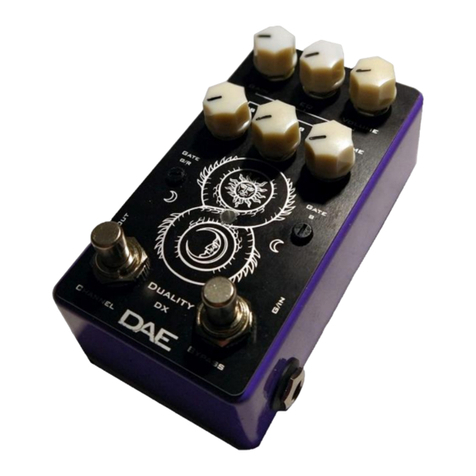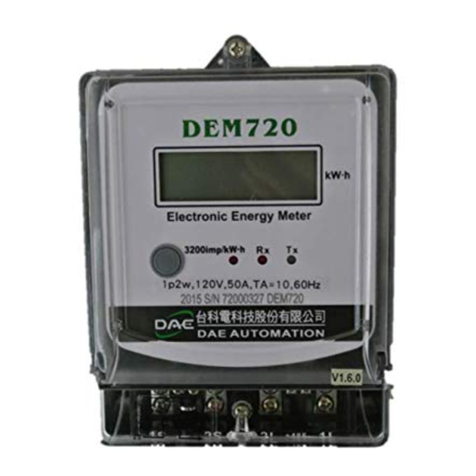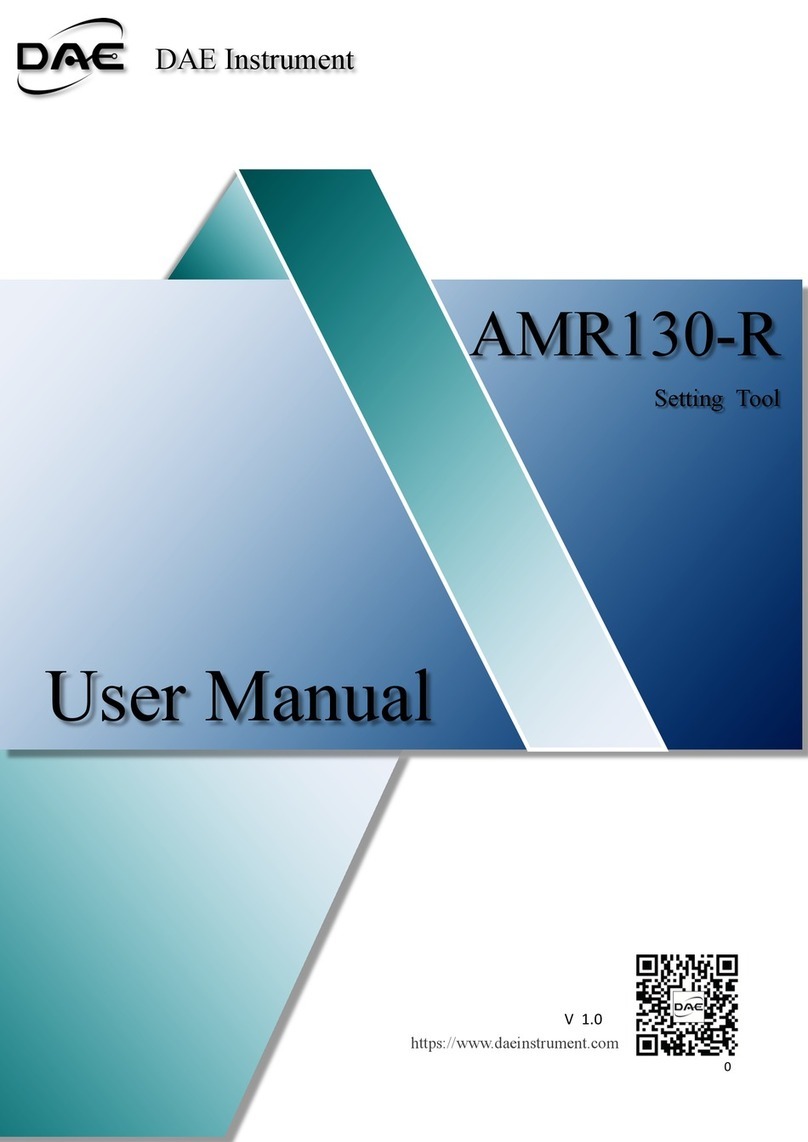Polaris 1000 User’s Manual
Page 6
CONTENT
1INTRODUCTION ................................................................................................... 7
1.1 GENERAL DESCRIPTION.......................................................................................... 7
1.2 FEATURES ......................................................................................................... 7
1.3 CERTIFICATIONS .................................................................................................. 7
1.4 SPECIFICATIONS .................................................................................................. 7
1.5 PRODUCT INFORMATION ......................................................................................... 8
2INSTALLATION .................................................................................................... 9
2.1 FRONT PANEL ................................................................................................... 10
2.2 TERMINALS ...................................................................................................... 11
2.3 MOUNTING PROCEDURE ....................................................................................... 13
2.4 BEFORE INSTALLATION ........................................................................................ 13
2.5 CONDUIT AND WIRE INGRESS ................................................................................ 14
2.6 METER INSTALLATION.......................................................................................... 15
2.7 CT INSTALLATION .............................................................................................. 15
2.8 WIRING DIAGRAM .............................................................................................. 17
2.9 MEASURING MULTIPLE LOADS WITH ONE METER .......................................................... 18
2.10 POWER SUPPLY ................................................................................................. 18
3DISPLAY ............................................................................................................ 19
3.1 STARTUP DISPLAY .............................................................................................. 19
4TROUBLESHOOTING........................................................................................... 20
5FREQUENTLY ASKED QUESTIONS....................................................................... 22
6WARRANTY AND RETURN POLICY ...................................................................... 24
6.1 WARRANTY ...................................................................................................... 24
6.2 RETURN POLICY................................................................................................. 24
7SUPPLEMENTARY INFORMATION ....................................................................... 25






























